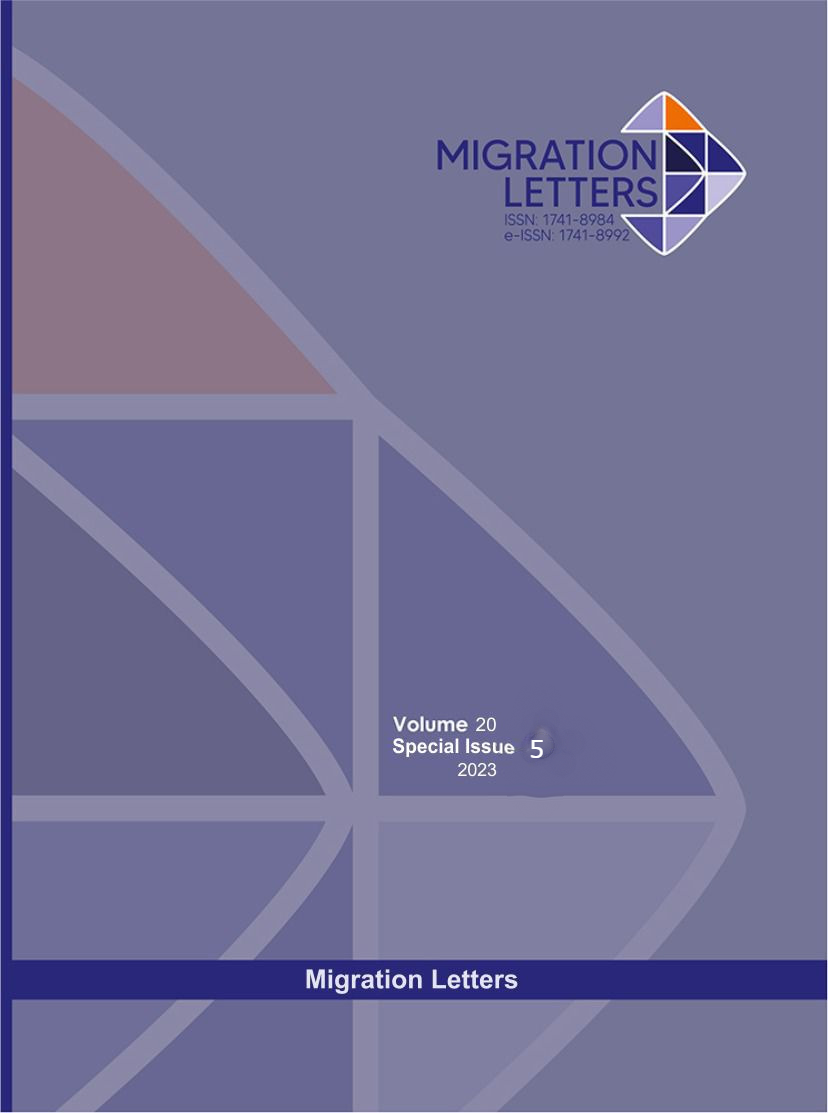The Convergence between Visual Syntactic Text Formatting and Human Cognition Perceptual Preferences
DOI:
https://doi.org/10.59670/ml.v20iS5.3971Abstract
Reading is a very complex and challenging process for learners that demands the orchestration of a number of cognitive processes for it to be accomplished successfully. Based on that, researchers made several attempts to decrease the complexity of the reading process. The attempts fall into three types, reader-directed where the focus is on the reader and finding ways to develop his/her cognitive abilities, text-directed where a change is made to the text format to make the reading process less difficult and less complex, and teacher-directed where the effort is made to increase the awareness of teachers of how to present the reading material. In this study, the aim is to tackle the text-directed attempts, specifically, Visual Syntactic Text Formatting suggested by Walker et al. (2005) adopting a cognitive approach. The study is set to account for the benefits of such a format for learners by answering the question Why does VSTF text improve learners’ abilities in reading? To find an answer to this question, the study investigates the possible convergence between the features of the under-focus text format (VSTF) and the perceptual preferences of the human cognition. The study has found a good amount of compatibility between the two which can assist in justifying the need for making text-directed alterations for improving reading abilities.
Metrics
Downloads
Published
How to Cite
Issue
Section
License

This work is licensed under a Creative Commons Attribution-NonCommercial-NoDerivatives 4.0 International License.
CC Attribution-NonCommercial-NoDerivatives 4.0






